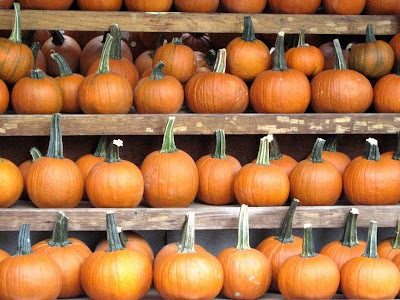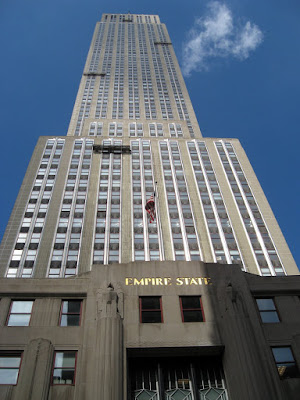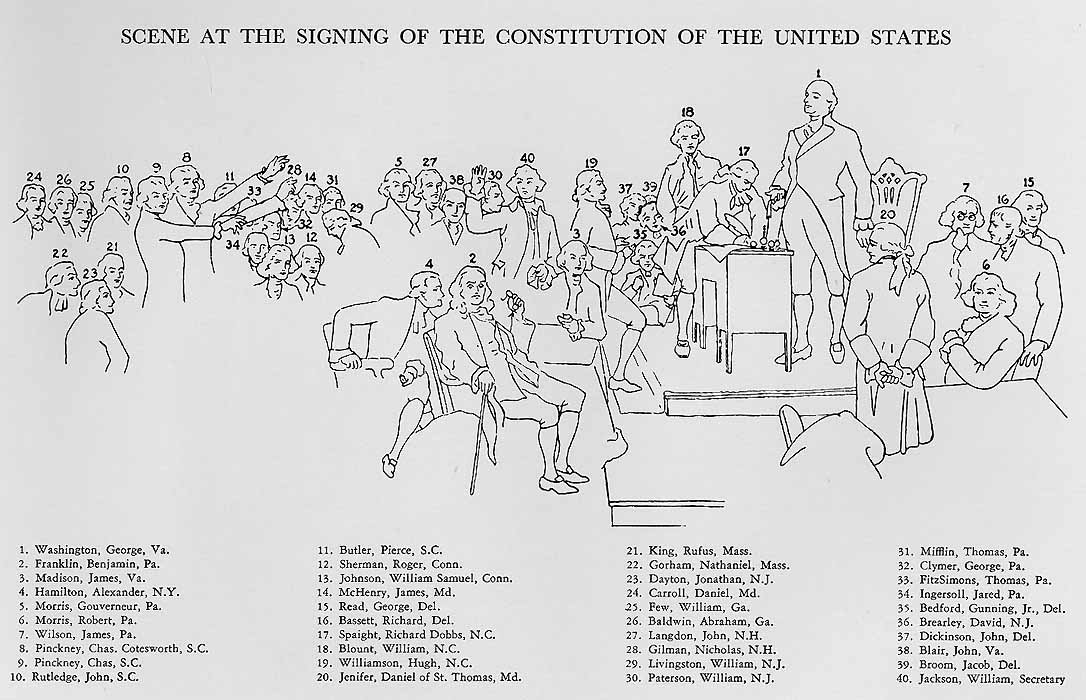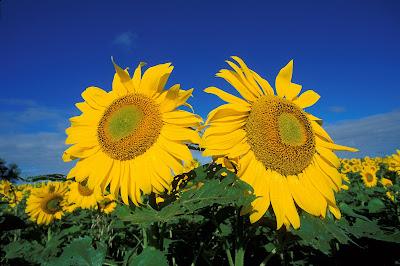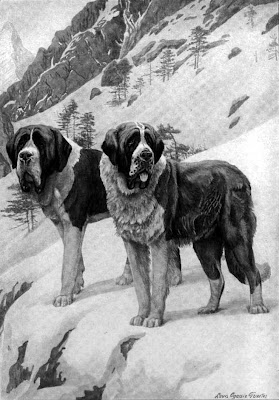 | There is little resemblance between the working "collie" of the Scottish sheep-herder and the elaborately furred, slender faced, bench- dog now so popular. The broad-skulled, rather neglected looking "shepherd dog'' of our boyhood, with his friendly, democratic manners (or lack of them) |
would get short shrift now at any show or gathering of the elite, while of all dogs his handsome, richly frilled descendant, with all the car-marks of aristocracy, is the cause of more "Ohs" and "Ahs" than any other dog in the show.
Nevertheless, one might see an "ornery-looking," half-moulted type of the countryside handle a drove of 3,000 or more sheep in Saskatchewan in a manner to bring one up standing. And when, on returning at nightfall, he puts every ewe and lamb in one corral and every ram in another, without error or violence, one feels like asking him if he would shake hands with a mere spectator! It is doubtful if any borzoi-headed champion could do that with a lifetime of training.
Still, the collie is a most intelligent and handsome dog, and the present tendency is toward a greatly elongated and consequently narrowed head, forming almost a straight or even slightly deflected line from nose to occiput. The neck, throat, and chest bear a great frill of long hair, and the back of the thighs also is very deeply and richly furred. The hair of the body is long and straight, rather harsh, but with a deep and woolly undercoat. The feet, from hock and wrist down, should be smooth.
In color, the collie may be black and tan, "sable," or rich orange brown, with white frill, collar, and face "harlequin" ; or white, with black spotting and freckling at random ; "blue," or mouse color, and white, or even pure white everywhere. Some few kennels specialize in white collies and advertise extensively; they are very beautiful dogs, though probably requiring more care to keep presentable than the more "practical" colors, as our mothers would call them.
The collie should stand 20 to 24 inches and weigh from 40 to 60 pounds. He requires considerable exercise, and while growing up needs watching to prevent his acquiring a taste for chickens and even lamb. Once this predilection gets established, it is hard if not impossible to eradicate.
In this country we know the collie chiefly as a beautiful, vivacious, and alert companion, but in the great sheep-raising districts of Scotland, northern England, and Wales, he is an absolutely indispensable assistant of the shepherd.
Not that the working collie looks very much like the long-muzzled, much-beruffled, and well-groomed specimens which grace the benches at our dog shows. He would never be allowed inside the ring at Madison Square Garden, and if he were he would stand about as much chance of taking a prize as a blue-ribbon winner would have of defeating him in one of the great annual sheep-dog trials of his native land. He lacks the superficial beauty necessary to win in the show-ring but he has the brains, the courage, and the stamina without which the sheep industry of Great Britain would quickly come to a standstill.
In the land of misty mountains one good dog can do the work of a dozen men, and
there is no other animal which could possibly replace him.
Obeying the voice, or, better still, the whistle, of his master, a good working collie will "run out" to a distant pasture, round up his flock, separating them if necessary from other sheep, and bring them along at just the right speed; head off any which may try to take a wrong direction ; go back and hurry those which lag
behind ; fight off strange dogs if necessary, and finally bring them into the fold without losing
one.
Next morning he will take them away to the pasture and guard them all day, if asked to do so, or help his master to drive them to the market, along the quiet country lanes and the crowded city streets alike, preventing every attempt of his charges to wander or stampede.
The Shetland collie, a tiny sheep - herder weighing between six and ten pounds and imported from the Shetland Islands, is becoming known in the country as an attractive pet.
SMOOTH COLLIE - The smooth collie is to be judged by exactly the same standards in everything, except coat, as the rough, or common, collie.
The artist had never seen one and was somewhat desperate for a model, when to his surprise he found that the Belgian farmer who comes for the neighborhood garbage was accompanied by a fine specimen, brought with him in 1914 from home, whence he fled at the instance of the Hun!
It is somewhat of a surprise to see what a collie looks like in short hair, but it rather increases our regard for him than otherwise. For he is a fine, strong, "doggy" animal, and in this example, at least, the "refinement" which so often results in extremely nervous and high-strung dogs has not been sought.
The present fad for long, slender, roman- nosed and narrow-faced collies seems to introduce an entirely undesirable slenderness of temper as well, quite different from the genial, easy-going dependability of the "old-fashioned" collie, wide between the eyes and ears. It is a distinct loss to the breed.
ENGLISH SHEEP-DOG - Rapidly gaining in popularity, the curious woolly sheep-dog has become thoroughly established in the United States; he has long been used as a practical helper in the great sheep ranges of western Canada. He bears no resemblance whatever to the familiar collie type of sheep-dog, but looks rather like a great long-legged, round-headed, bounding terrier.
He has a formidable voice, very different indeed from the rather fox-like yap of the collie, and while he is some 24 to 27 inches at the shoulder and weighs 60 to 80 pounds one cannot quite get away from the impression that he is, in fact, a huge terrier of some kind. The effect is heightened greatly by the long woolly hair on his head and face, which virtually hides the clever eyes, and makes a study of his actual head-form very difficult. The hair on back and hips is very long; when combed out they look very curious indeed.
In color they are usually blue gray and white; any strong tendency toward brown is not good. The white usually occupies most of the head and fore-quarters.
He is a dog of very striking appearance — one might almost say of un-dog-like appearance. He is large, rather tall on the legs, tailless, and covered from head to foot with a long, loose hair, which tosses about freely when he runs or jumps, giving him the appearance of a huge animated floor-mop. But if you part the hair on his face you will find a pair of beautiful, intelligent, friendly eyes. He is active, good- natured, and makes a fine companion.
Dogs of this breed were not always bob- tailed ; originally they were probably as well provided with tails as other dogs. Many of them were used for herding, and consequently exempt from taxation. It is said that the drovers amputated the tails of their working sheep-dogs to distinguish them from those which were not exempted.
It is believed by some authorities that this mutilation, continued through many generations, created in the breed a tendency to produce tailless and short-tailed offspring. Whatever the cause, it is certain that today many Old English sheep-dog puppies are born bob- tailed. When they are born with tails it is customary to dock them to within an inch or two of the root, and the operation is performed not more than four days after birth.
The docking accentuates the characteristic rounded quarters and increases the somewhat bearlike appearance of the animal.
From The Book of Dogs: An Intimate Study of Mankind's Best Friend By National Geographic Society (U.S.), Louis Agassiz Fuertes, Ernest Harold Baynes Published 1919. 109 pages Original from Harvard University.
This image (or other media file) is in the public domain because its copyright has expired.
This applies to the United States, where Works published prior to 1978 were copyright protected for a maximum of 75 years.
See
Circular 1 "COPYRIGHT BASICS" from the U.S. Copyright Office. Works published before 1923 are now in the public domain In the United States,
This inage is also in the public domain in countries that figure copyright from the date of death of the artist (post mortem auctoris in thi case Louis Agassiz Fuertes (1874 – 1927) and that most commonly runs for a period of 50 to 70 years from that date. If your use will be outside the United States please
check your local law.
Tags:
Public Domain Clip Art and
clip art or
public domain and
Collie or
Smooth Collie and
English Sheep Dog
